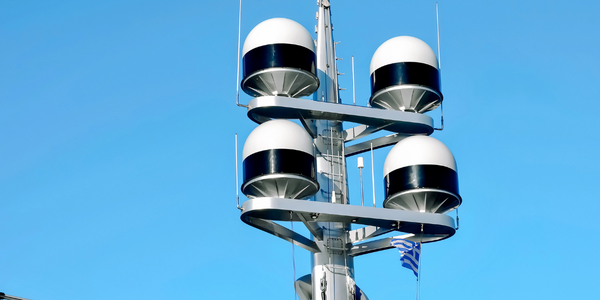
技术
- 分析与建模 - 边缘分析
- 处理器与边缘智能 - 嵌入式和边缘计算机
用例
- 边缘计算与边缘智能
客户
未公开
挑战
算法和架构需要一个测试环境来满足许多测试平台的一组通用要求(请参阅“深度测试平台”)目标:可以配置到复杂边缘计算环境中的测试设施,以进一步提高- 边缘分析和算法的最新技术
解决方案
*这是一个 IIC 测试平台,目前正在进行中。* 主要成员: Hewlett Packard Enterprise,实时创新市场细分:垂直行业测试平台 测试平台简介:许多新兴的工业物联网应用需要在“边缘”进行协调的实时分析,使用需要一定规模的计算和数据量/速度的算法,这些算法以前只能在数据中心看到。通常,连接这些机器的网络无法提供足够的能力、带宽、可靠性或成本结构,以使基于分析的控制或协调算法能够在与机器不同的位置运行。工业互联网联盟成员 Hewlett-Packard 和 Real-Time Innovation 在边缘智能测试平台上联合起来。边缘智能测试平台的主要目标是通过消除许多开发人员面临的障碍来显着加速边缘架构和算法的开发:访问各种高级计算硬件和软件,这些硬件和软件可配置为直接类似于最先进的技术边缘系统对测试人员/开发人员来说成本非常低。
运营影响

Case Study missing?
Start adding your own!
Register with your work email and create a new case study profile for your business.
相关案例.

Case Study
VIPER Aid to Acoustic Positioning
Applied Acoustics Easytrak Portable acoustic navigation system can undertake a wide range of tracking and positioning tasks for seabed mapping, towfish tracking and controlling robotic vehicles. It is also used to locate subsea divers, so is critical to the safety of personnel. To deal with difficult operating environment, a robust single board computer is required.

Case Study
A Smarter Brain for Your Train…
Have you ever felt overloaded by too much sensory input? The results can be problematic, even risky if you’re driving at the time. The same holds true for trains, ships, oil rigs, and many other industrial assets. The data processing challenges on these complex machines are growing rapidly as the number of sensors increases; yet so are the opportunities to transform operations by using all the available data effectively. A modern locomotive, for example, has as many as 200 sensors generating more than a billion data points per second.

Case Study
A repeatable model for industrial data intelligence
Exara’s oil and gas client required a reliable way to gather, store, and process data from sophisticated machine assets in remote oil field sites. These harsh, real world environments present significant challenges for high performance computing devices.

Case Study
The Power of Balancing Technology
Accurate balancing of the turbochargers used in cars and commercial vehicles is vital to ensure engine efficiency and longevity and it is carried out in both the manufacturing and remanufacturing of these units. If not measured and corrected through the balancing process, turbochargers will be noisy and in severe cases bearing failure can occur.

Case Study
Mitsubishi Electric's Edge Computing Solution Powered by Wind River VxWorks
Mitsubishi Electric Corporation, a global leader in factory automation (FA) applications, identified edge computing as a critical component of the Industrial Internet of Things (IIoT). The company aimed to enhance device and data security, reduce data traffic to the cloud, and enable faster response to network or device issues. In 2018, Mitsubishi Electric launched its first line of industrial hardware products designed for edge computing, the MELIPC Series. The primary development goals for MELIPC were to support the type of edge computing promoted by Mitsubishi Electric and to introduce advanced vision technology for device control. The flagship computer of the MELIPC line, the MI5000, was designed to combine real-time equipment control with high-speed data collection, processing, diagnosis, and feedback in a single machine. However, the development team needed a real-time control platform that could seamlessly integrate real-time control with proven analytic and diagnostic applications.




---nyse--hpe_1.jpg)



